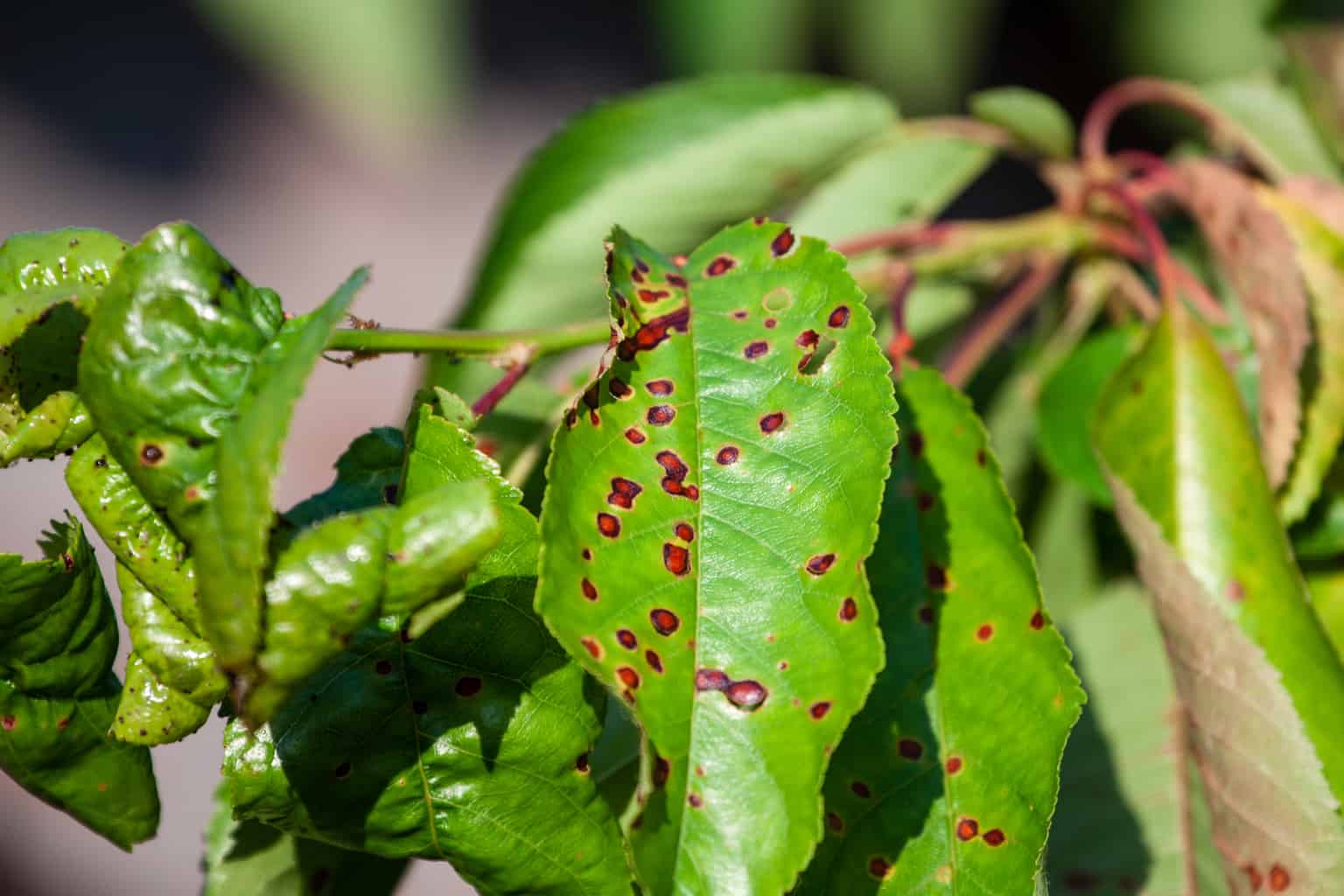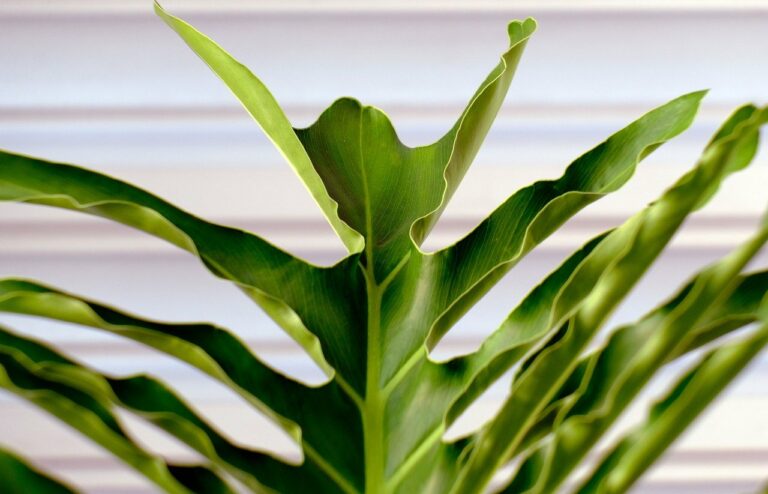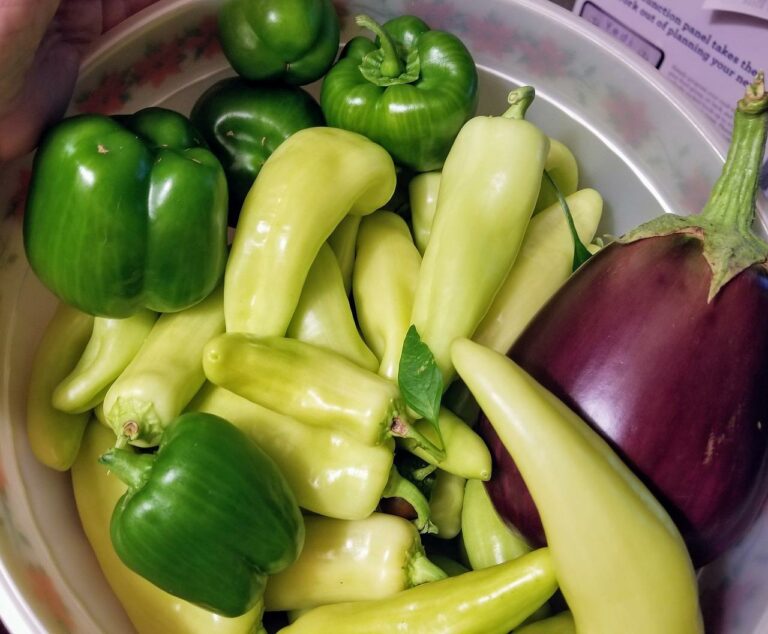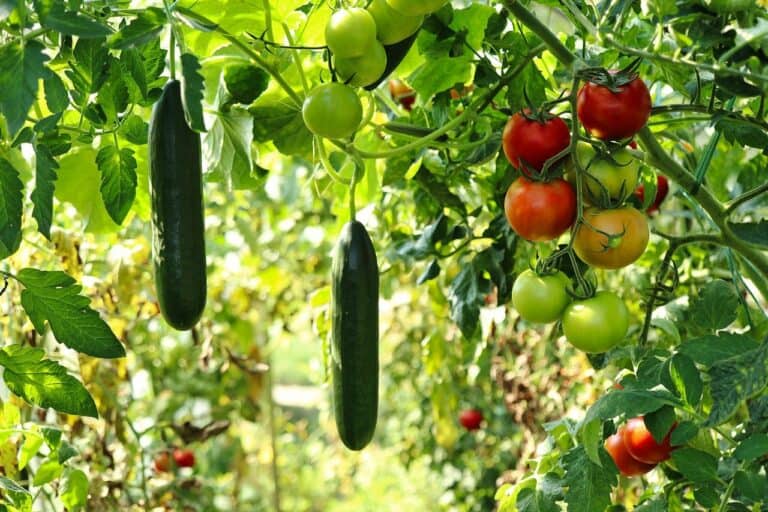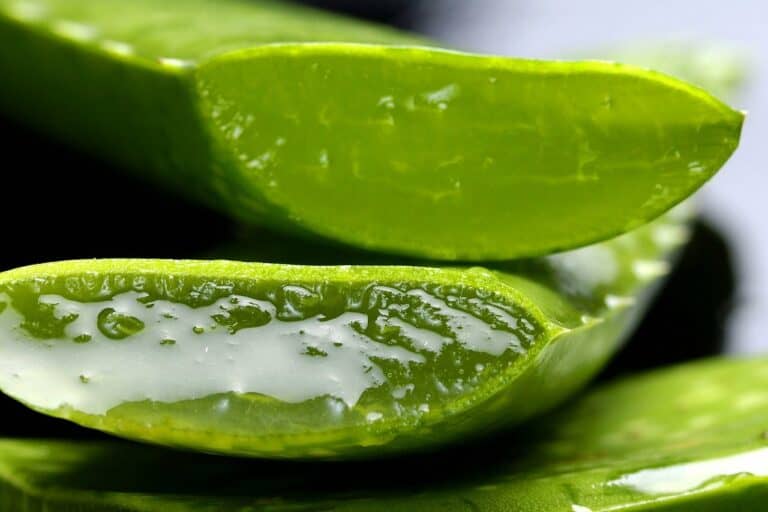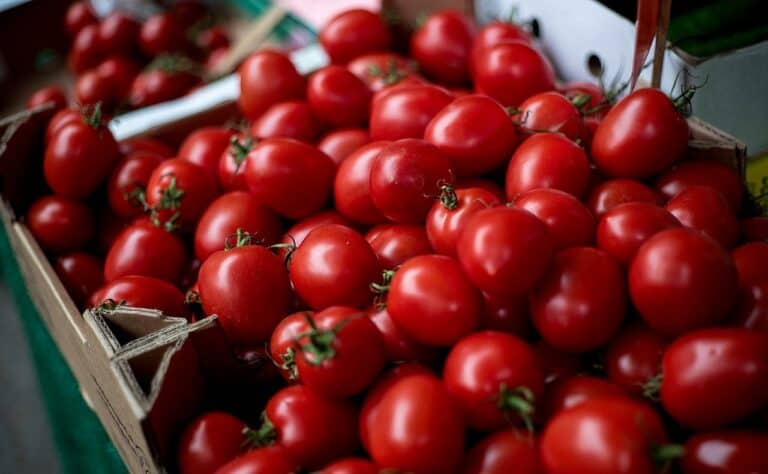Things can go south anytime, no matter how much of a caring plant lover you are. Usually, plants combat some of the problems on their own. But sometimes it becomes too much for them. That’s when we need to play our role.
You might wonder from time to time and ask yourself, “What’s Wrong With My Plant?”
Table of Contents
Top 8 Plant Problems – Learn How To Troubleshoot Them
Here is a list of 8 common plant problems that we often face. Read through this article to learn why these problems occur and how to troubleshoot them.
Let’s get started:-
1. Yellow Leaves
Leaves turn yellow and drop off from the plant as they get older. It’s a natural process. But if many leaves are starting to turn yellow, it’s because of either too much sunlight or too little sunlight.
You see, every plant needs sunlight for a certain period to survive. When they don’t get the required sunlight, they start turning yellow.
How to Fix This Issue
Inspect if your plant is getting too much exposure to the sun. Then move it to a place where it will get 5-6 hours of sunlight.
If your plant is under shade and still you notice the leaves turning yellow, move it to a sunnier place. You can place them in bright rooms to provide indirect sunlight if it’s a houseplant.
2. Curled Leaves
The most common reason for curled leaves is underwatering. When they don’t get enough water, they reduce water loss by reducing the surface area, which is why the leaves curl up.
How to Fix
The first thing you have to do is, get an idea of how much water your plant needs. Some plants require heavy watering, while some are happy with very little water.
Check the soil frequently and whenever you feel the soil is dry, water your plants. But make sure the plant never stays waterlogged.
3. Brown Leaf Edge
Too high temperature and under-watering are the two reasons that cause brown leaf edges. Because of these reasons, the brown edges become crispy too. Sometimes over fertilizing can also cause this browning of leaves.
How to Fix
During very hot spells, your plant will need protection. Give them shade when the day temperature is too high and water them regularly. During hot summers, water them a bit frequently. Meanwhile, make sure you don’t overwater them.
Always follow the label directions to apply at the correct dose about the fertilizing issue. Remember, it’s better to use a little less fertilizer than overuse it. To prevent fertilizer burn, apply the liquid fertilizers in dilute form.
4. Dropping Leaves
This is tricky because both overwatering and underwatering can cause leaf drops. If you water them too much or too little, the root system gets injured in both cases. So, they fail to supply water to the whole plant. As a result, the leaves start to drop.
How to Fix
Whenever it comes to watering, check if the top surface of the soil is dry. For example, when your plant is dropping leaves, you notice the soil is soggy, then stop watering until the soil dries out. On the other hand, if the soil is dried, then water immediately.
All kinds of plants don’t need the same watering. That is why you have to know how much water your plant needs to avoid this situation.
5. Wilted Leaves
Wilting is caused by mainly two issues- Incorrect watering and Improper sunlight. Both overwatering and underwatering cause wilting of any plant. In the same way, overexposure to the sun makes the leaves wilt. And the same thing happens too when they are deprived of sunlight.
How to Fix
This may seem like a troublesome issue, but Incorrect watering or Improper sunlight won’t make your plant wilt in a day. However, if you continue to keep them in these conditions, it will happen.
Get to know your plant and its requirements, like how much water or how many hours of sunlight they need. This will help you treat the wilted plants and prevent this problem from happening in the future.
Let your plants soak in the morning sun and water when the soil gets dry. And let the extra water drain out from the soil.
6. Leaf Spot
Some fungal diseases cause brown, black, or yellow spots on the leaves. If your plant is in a hot and humid area with low air circulation, it’s more likely to be affected by these fungal diseases and get leaf spots.
How to Fix
Remove the spotted leaves. And keep all your plants at such a distance that airflow is good around them. Always avoid wetting the foliage while watering and if the problem continues, apply a good fungicide on them.
Also, you have to prevent waterlogging of the soil. For this, you can add sand or perlite to the soil to improve drainage. In the case of potted plants, use a suitable-sized container that drains the extra water quickly.
7. Scorched Leaves
All the plants aren’t so much of a sun lover. If this is the case with your plant, and if you continue to expose them in direct sunlight for more than 3-4 hours, then the leaves will get burned.
How to Fix
Move the plant from direct sunlight and cut off the burned leaves from the plant. Water them little but frequently at short intervals. Once the plant looks healthy, go back to the regular watering schedule.
8. Very Slow Growth/ No growth
All of us want our plants to grow and thrive. But if less sunlight is available, the growth naturally becomes very slow. And over-watering will also injure the root and restrict the plant growth. Sometimes lack of proper nutrients in the soil will also stop your precious plants from growing.
How to Fix
When you notice your plant isn’t growing at all, move them to a sunny place and reduce the watering a bit and wait out to see the result. Check the soil and water only when the ground feels dry.
Most importantly, feed them a proper dose of well-balanced fertilizer. Follow the label instructions so that you don’t end up over-feeding them.
Frequently Asked Questions (FAQs)
1. Can A Yellow Plant Be Saved?
Yes, If the yellowing is caused by watering or sunlight problems, then the plant can be saved. But for this, you have to take proper steps to revive it. But if it’s left untreated, then the plant won’t survive.
2. Can I Cut Off The Yellow Leaves?
The yellow leaves don’t usually turn green anyway. So, It’s best to cut them off. In this way, the plant will look healthy and fresh.
3. Why Is My Indoor Plant Dying?
The most probable reason for this is improper watering. Besides, the lack of sunlight can be another reason for an indoor plant to die.
Conclusion
To keep your plant healthy, it’s essential to know the possible problems that can happen so that you can be prepared all the time. This knowledge also will come in very handy when getting a new plant.
I hope everything I discussed above was helpful and valuable to you in identifying what’s wrong with your plant.


